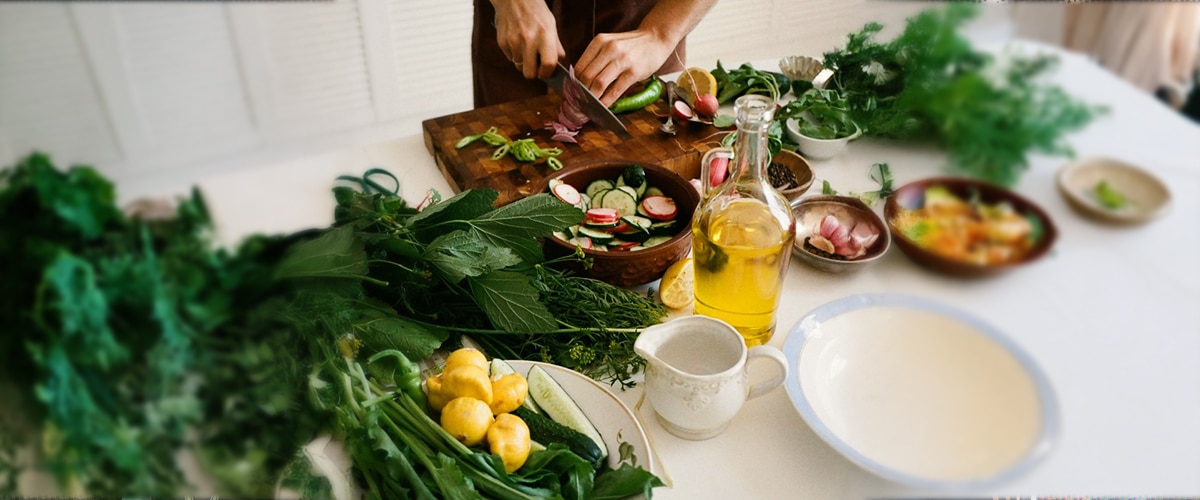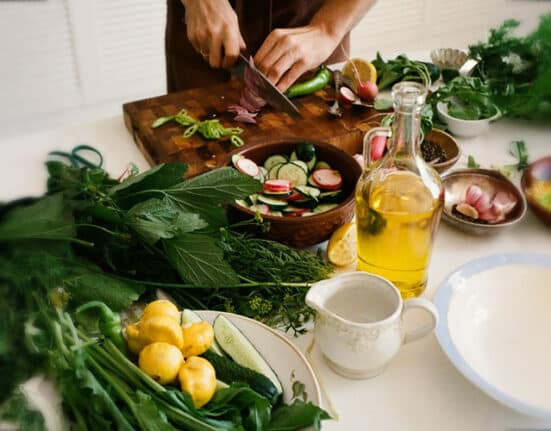LET’S be real: the cost of living is insane lately. Food prices, especially. Sometimes it feels like eating healthy is only for people who can afford overnight oats in glass jars or pricey supplements with names we can barely pronounce. But for many of us, we’re just trying to eat well without spending half our budget in one go.
And the truth is: we actually can.
What Wellness Really Means
According to the World Health Organization (WHO), health is “a state of complete physical, mental and social well-being, not merely the absence of disease or infirmity.” So no, it’s not about looking a certain way or following every trend on wellness TikTok. It’s about balance, smart choices, and taking care of ourselves in ways that actually work for our everyday lives.
For me, that starts in the kitchen. I’m solo-living, so I’m the only one I cook for. That also means I’m the only one budgeting and making the most of every peso. And over time, I found ways to make it work.
Palengke Over Pricey Groceries
I used to get all my stuff from the grocery near my place. But everything, especially meat and veggies, felt overpriced, and half the time, the produce wasn’t even fresh. Then one morning, while jogging, I discovered that just a short walk away from my usual grocery store was a local market. So I started buying my vegetables, fruits, tofu, and meat there after grabbing toiletries and pantry basics from the grocery.
Now? I can buy 1/4 kg of calamansi for only ₱25, which makes way more juice than a ₱25 glass of lemonade outside. Eggs? I get them for ₱8–₱9 per piece, and they’re bigger than what I used to buy at the grocery. Tofu? ₱20 gives me four to five pieces. It may not sound like much, but when you’re solo and budgeting, every peso counts.
And it’s not just me. According to a 2022 market price monitoring report from the Department of Agriculture, prices of fruits, vegetables, and protein sources like tofu are often lower in public markets compared to supermarkets. Plus, you get them fresher and in better quality.
Even the Food and Nutrition Research Institute (FNRI) recommends buying in-season and locally sourced produce, because they’re not only cheaper but retain more nutrients due to shorter transport time. That matches my usual haul – cabbage, kangkong, pechay, cucumber, and sitaw – all easy to stir-fry or mix into quick meals.
Protein Doesn’t Have to Be Expensive
Protein is a key component of a balanced diet, but it’s often one of the most expensive items on a grocery list. According to the Philippine Department of Agriculture, protein-rich food like meat and fish can get expensive, especially if you’re buying premium cuts or organic options. But it doesn’t have to be that way.
As an alternative, eggs are always first on my grocery list. They’re quick, versatile, and packed with protein. When I don’t have time to cook full meals, boiled eggs save the day. I also rely on tofu as my main meat alternative.
According to Harvard Health Publishing, eggs are among the most affordable sources of complete protein, meaning they contain all nine essential amino acids. Meanwhile, tofu is not just rich in plant-based protein, it also has calcium, iron, and other nutrients our bodies need. Even if it’s simple, it’s nutritious.
There are weeks when my ₱500 budget stretches for almost the entire week. Of course, it gets tighter if I add meat or fruit. But the point is, you don’t need expensive ingredients to get your nutrients in. You just need to be creative and intentional.
Health is Not an Aesthetic
Let’s talk about the pressure to make everything look wellness-core on the feed. I also love the idea of clean aesthetics, but in real life, health isn’t always that cute. For me, being healthy means making smart choices that your body can thank you for, even if it doesn’t look Instagram-worthy.
I don’t take supplements right now because they’re not within my budget yet. But I’m planning to try soon, especially after learning from FNRI’s 2023 Nutrition Guidelines that supplementation can be helpful when dietary gaps are hard to meet, but it shouldn’t replace a balanced diet.
Gym memberships? I support that idea. If you have access and it works for you, go. But personally, I do home workouts using free YouTube classes. I have a yoga mat, and a pair of dumbbells. That way, I can work out in peace and no spending required.
It’s a Day-by-Day Thing
There are weeks when I have the energy to meal prep for the next three or more days. But if I have time, I still prefer cooking daily. It helps me stay mindful of what I eat, and it trains me to make better food choices little by little. It’s not always perfect, but health shouldn’t feel rigid.
Harvard’s School of Public Health emphasizes that consistent, small actions, like home cooking and conscious ingredient choices, can lead to long-term health benefits, even without big lifestyle overhauls.
Wellness isn’t about perfection or aesthetic routines.
It’s about doing what we can, with what we have, where we are.
Let’s face it. Being healthy on a tight budget is tough. But it’s possible. You just need a little creativity and a whole lot of diskarte.
With reports from Kyla Vivero
How useful was this post?
Click on a star to rate it!
Average rating 0 / 5. Vote count: 0
No votes so far! Be the first to rate this post.
We are sorry that this post was not useful for you!
Let us improve this post!
Tell us how we can improve this post?








